These are the different species of flowers with names that start with the letter P with an emphasis on common and easy to grow varieties:
Painted Daisy
Tanacetum coccineum, known as the painted daisy or pyrethrum daisy, is a perennial plant in the family Asteraceae.
It is native to Africa but has been introduced to other parts of the world.
Tanacetum coccineum is upright that grow 2-3 feet tall depending on environmental factors and conditions.
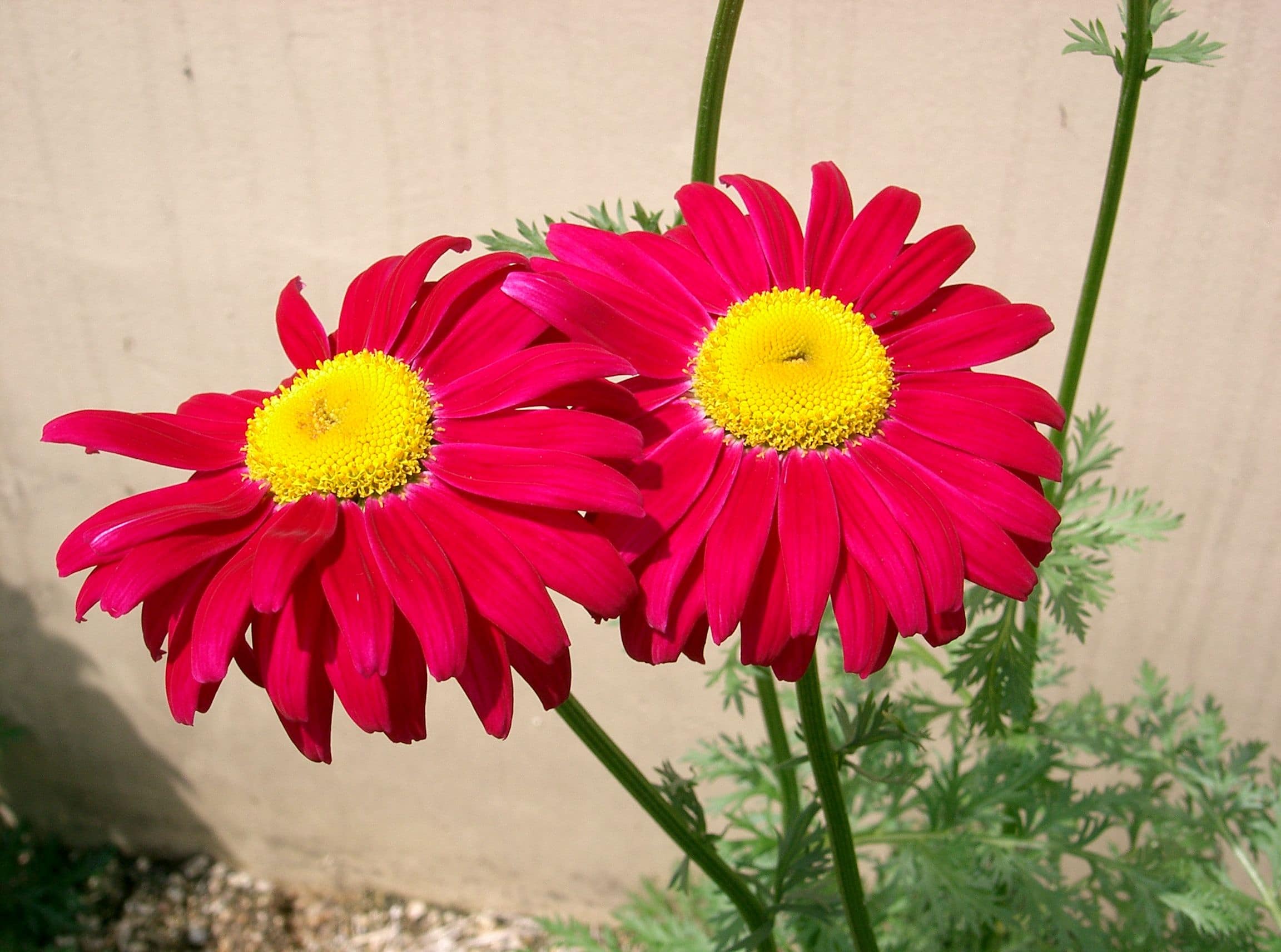
Pale Purple Coneflower
Pale Purple Coneflower is a wildflower that grows in the southeastern United States. It is is also known as Echinacea pallida.
This plant is not the easiest to grow and it needs to be planted and cared for perfectly so as not to look scraggly and tacky.
Pale Purple Coneflower requires full sunlight, rich soil, and lots of water.
These perennials can range in height from 20-36 inches.
It often has very pale purple flowers or pink flowers.
The plant blooms in the early summer.
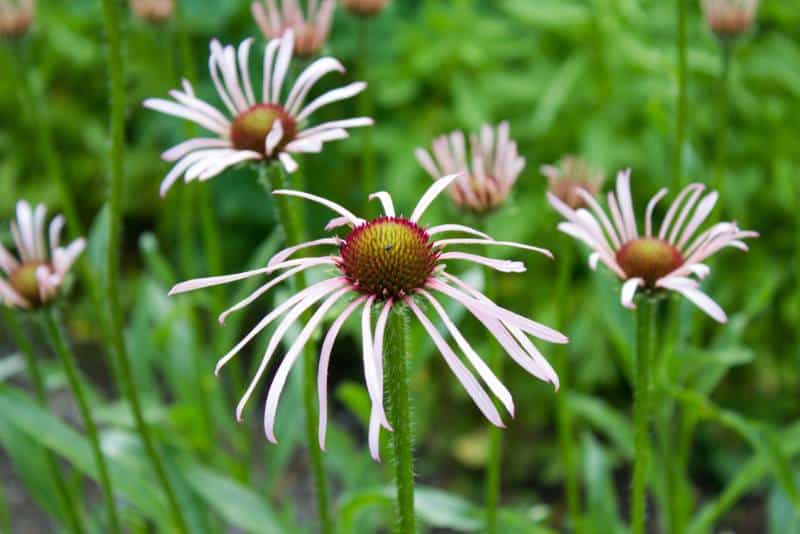
Pansy
The garden pansy flower is 2 to 3″ in diameter and has two slightly overlying upper petals, two side petals, and a single bottom petal with a slight beard emanating from the flower’s center.
These petals are usually white or yellow, purplish, or blue.
Pansies need to be planted where they will receive at least six hours of sunlight every day.
This plant is drought tolerant but does not like too much water; it can rot if there is too much water around its roots.
They thrive best in well-drained soil, as soils that are too wet will cause the Pansy plant to have stunted growth.
Pansies do not require much fertilizing and may be planted in compost.
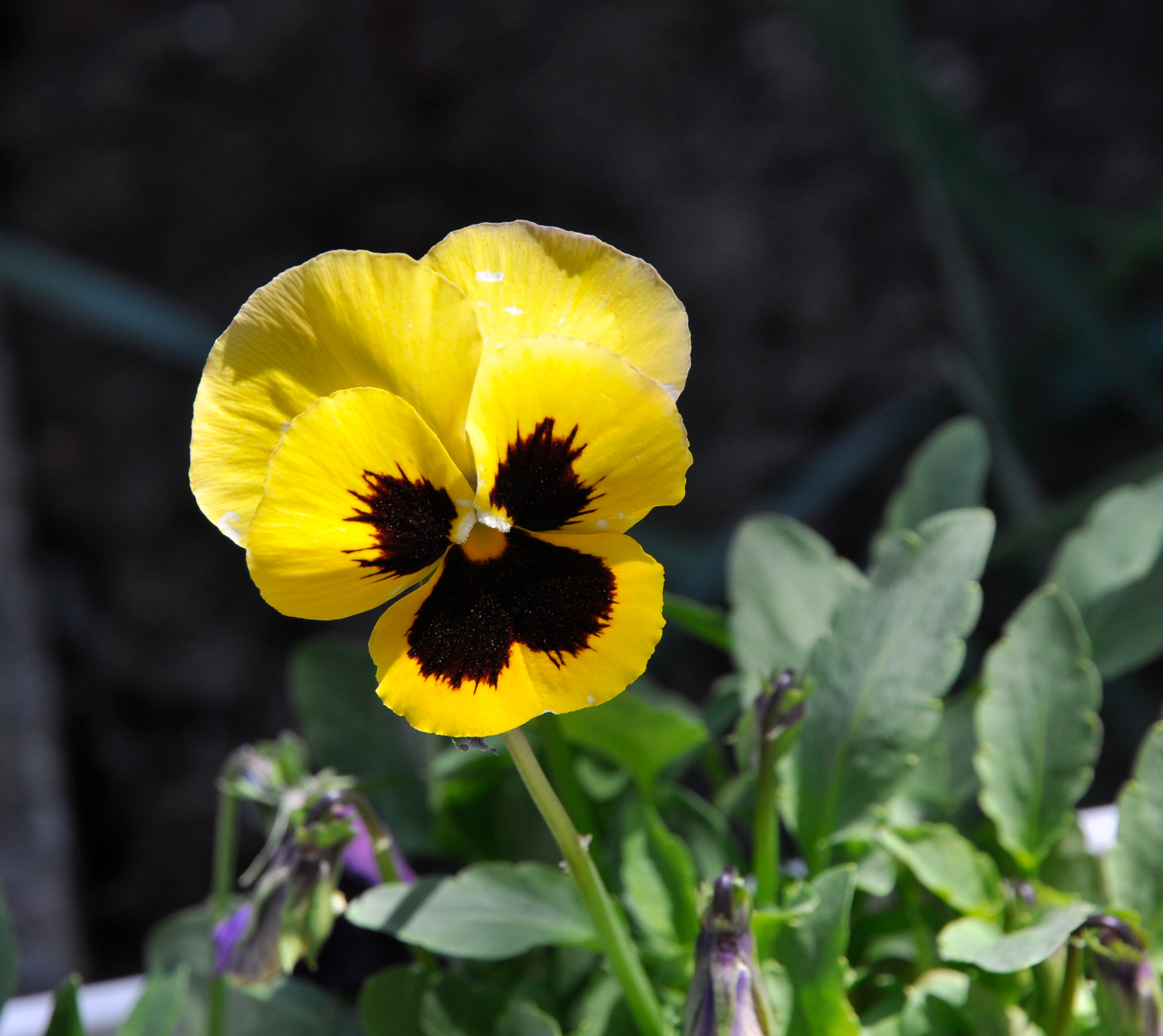
Paper Daisy
Paper Daisies (Rhodanthe) have colorful flowers with papery, pink petals.
The center of the flower has a dark yellow color. Sometimes the petals can range from white to pink to intensive red.
Despite being beautiful plants that look delicate, they are relatively hardy and not too difficult to grow.
Paper daisies can be grown in pots or planted directly into the ground in U.S. Department of Agriculture plant hardiness zones 8 through 12.
They can be grown indoors in a pot or outdoor garden, but care should be taken to make sure they receive at least six hours of sunlight every day.
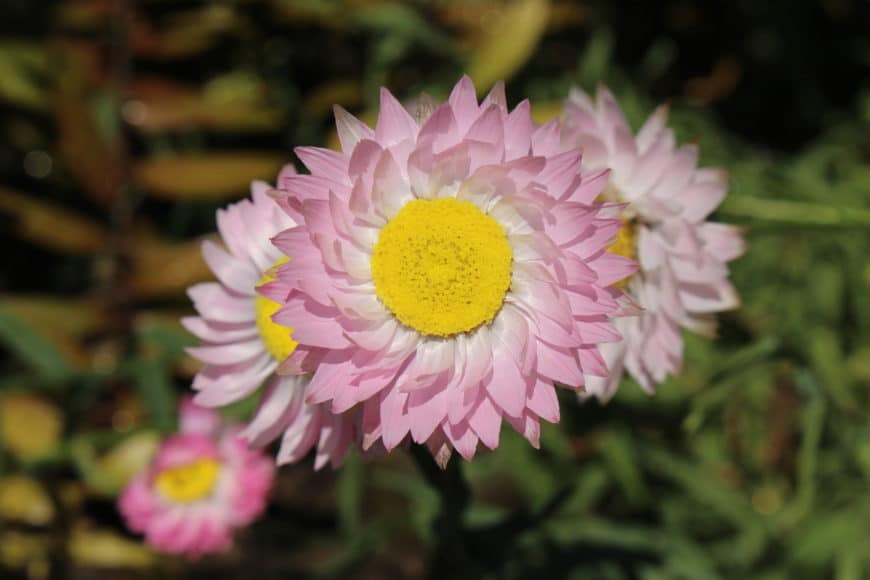
Paperbush Plant
Edgeworthia chrysantha (syn. “Walsura chrysantha”) is a species of flowering plant in the Thymelaeaceae family, commonly known as the paper-bush plant.
It is native to China and Japan, where it grows at high altitudes and is used to make high-quality paper, hence the name.
It is a non-woody, deciduous small shrub or tree growing to 1–3m in height.
It is known for its fragrant small clusters of beautiful yellow flowers.
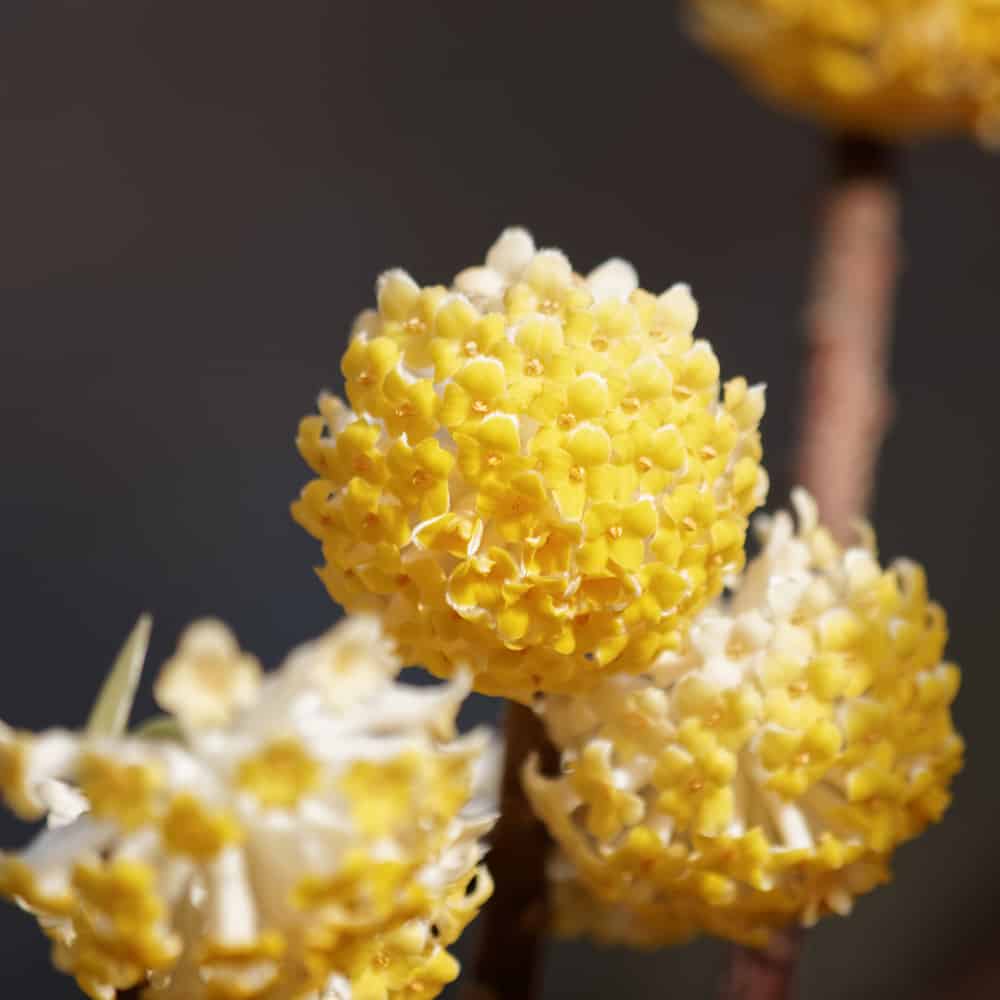
Pasque Flower
Pasque Flowers are usually some of the first flowers to bloom at the start of the spring season.
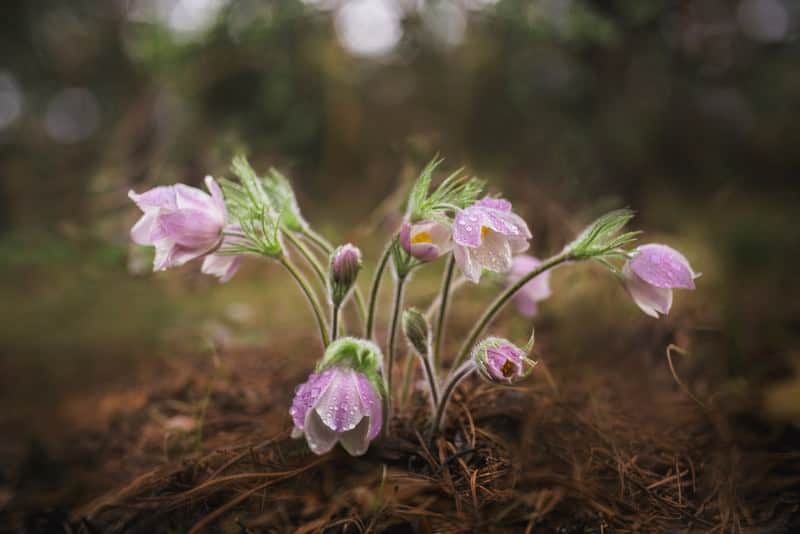
Passion Flower
Passion flower plant is a large and spiny vine that grows in the warmer regions of America.
It has pinnately compound leaves and luscious flowers with unique and interesting shapes.
Passionflowers can be grown indoors or outdoors if proper care is taken, yet flourishes best in dry soil conditions under full sunlight.
While drought-tolerant they cannot withstand standing water for too long.
Nevertheless, the passion flower plant is considered relatively easy to grow and maintain (since it is free of pests or diseases), making it the perfect plant for homeowners that don’t have much time on their hands.
Passion vines also attract hummingbirds making them great wildlife plants.
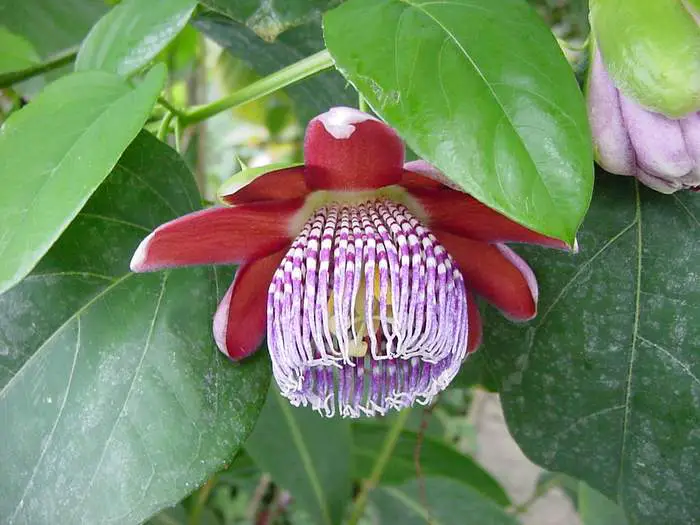
Peace Lily
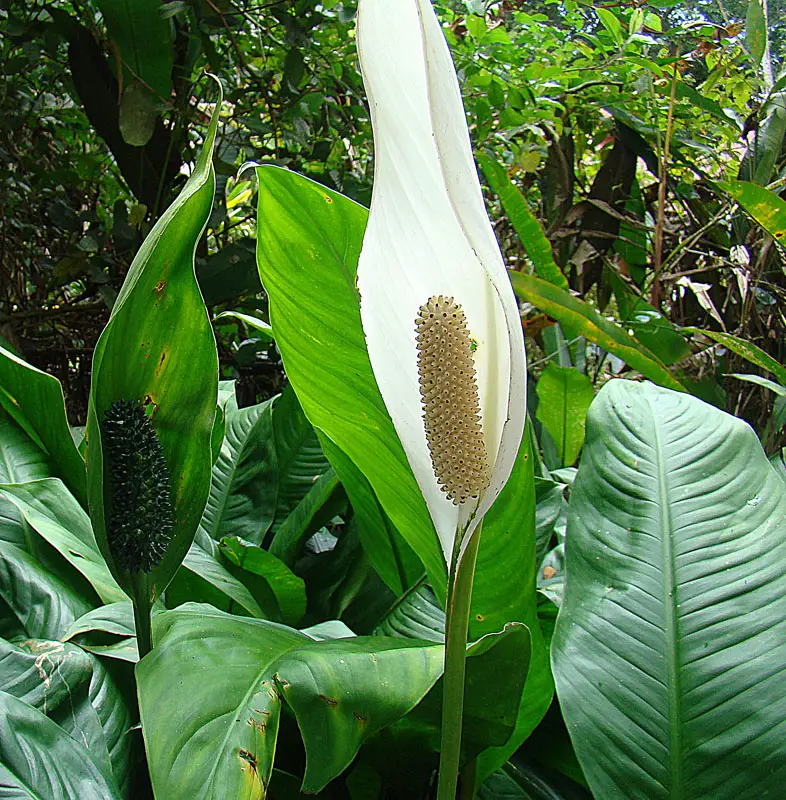
Pearly Everlasting
Pearly Everlasting or Anaphalis margaritacea is a wonderful Perennial.
Pearly everlasting has graceful silvery foliage that self-seeds all summer but does not spread aggressively.
Pearly everlasting flowers are bright white and yellow daisies that bloom in late summer to early fall. They usually have a slight musky odor.
It is a tall, herbaceous perennial wildflower with stems that can grow up to three feet in height.
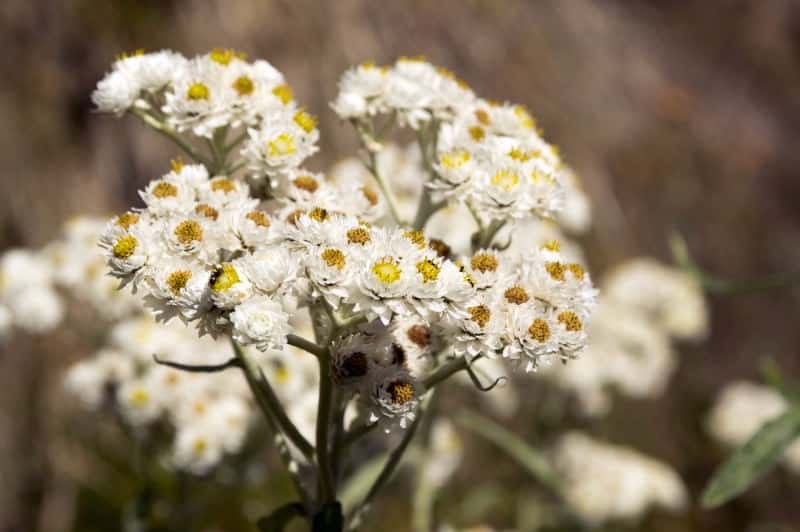
Pelargonium
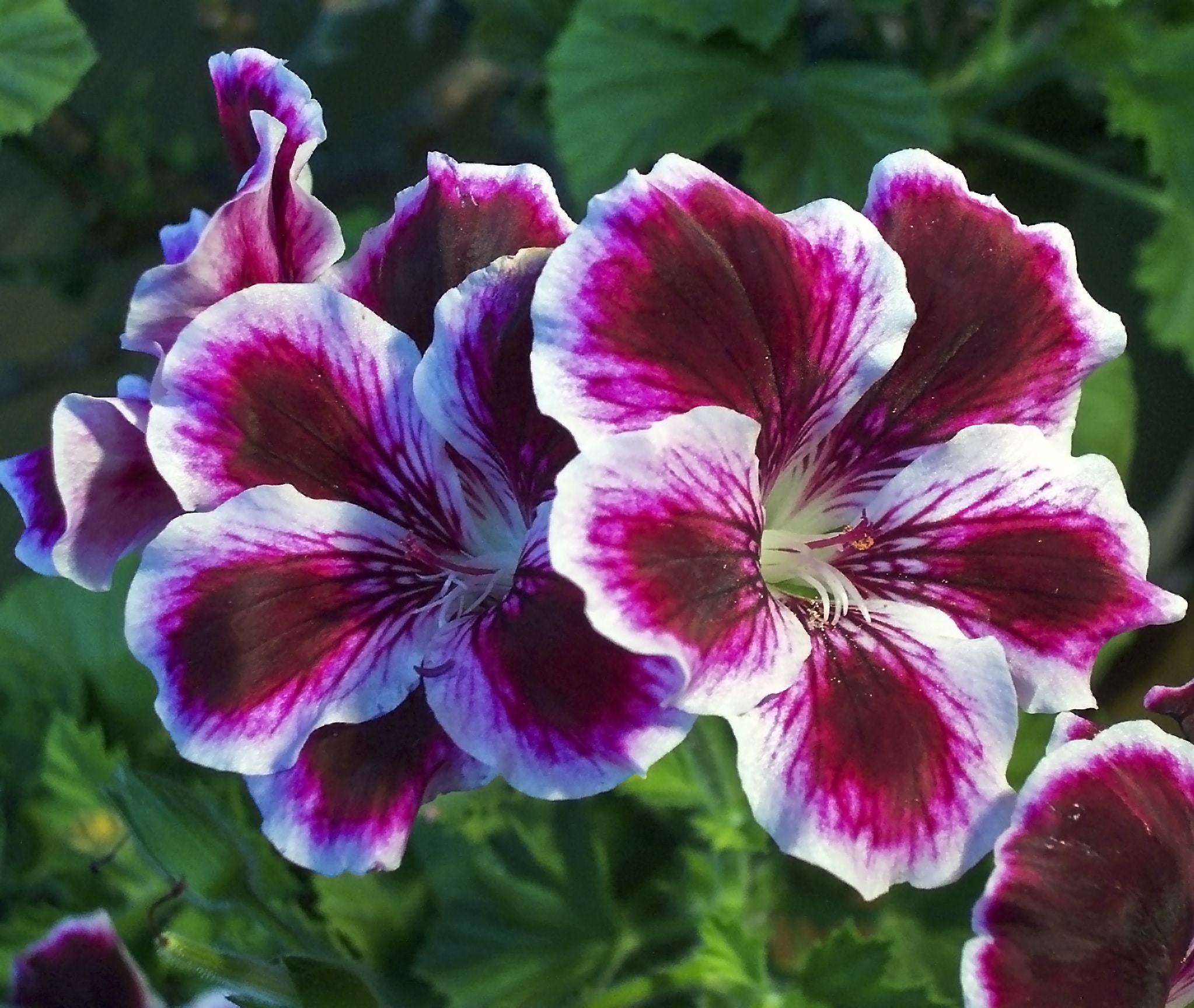
Pencil Cholla
The Pencil Cholla cactus grows in the scrub of eastern and central Arizona.
Pencil cholla is also common in southwestern New Mexico, western Texas, Coahuila, northern Sonora, and southward through Oaxaca to San Luis Potosi, Mexico.
It typically occurs in sandy or gravelly soils, often in desert grassland communities.
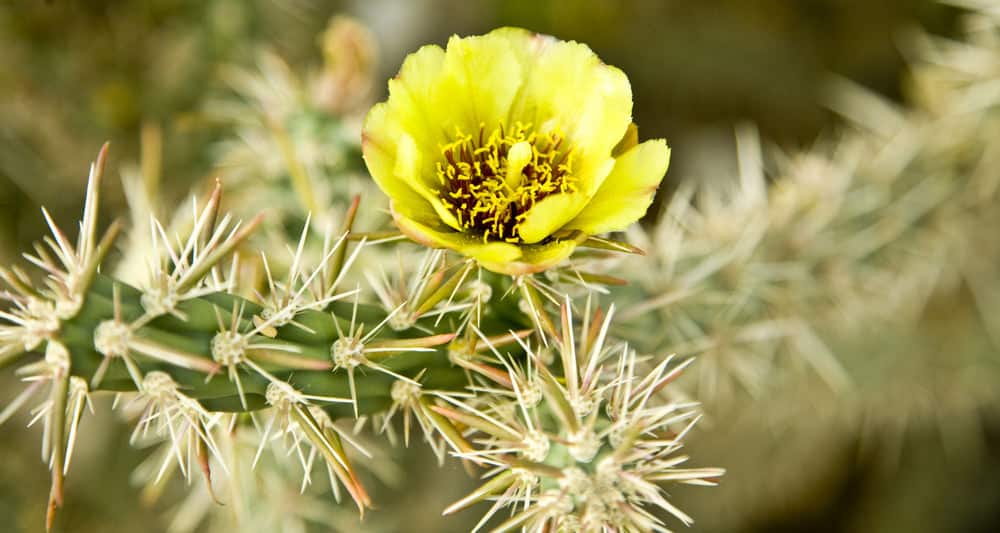
Penstemon
The Penstemon (Beardtongue) is a hardy, herbaceous perennial plant that is very well suited for growing in USDA hardiness zones four through nine.
Penstemon plants are native to North America and they grow along the US East coast as well as most of the Rocky Mountains.
They are also found throughout Canada where you can expect the Penstemon plants to flower between July and September.
These plants can also be found throughout Europe, Asia, and even as far as India and the Himalayas.
They are very beautiful with flowers usually red, pink, or purple in color, but they can come in white as well.
They grow easily in full sun and in fertile, well-drained soil.
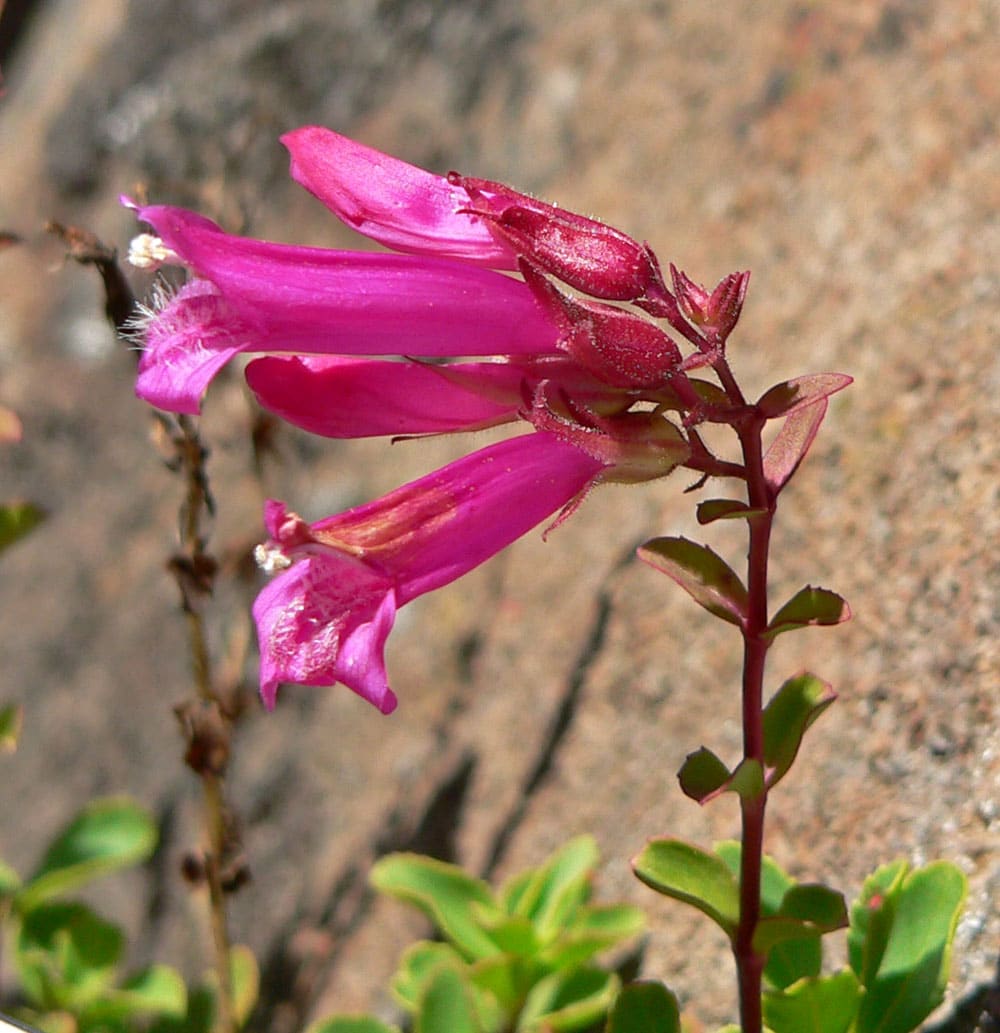
Peony
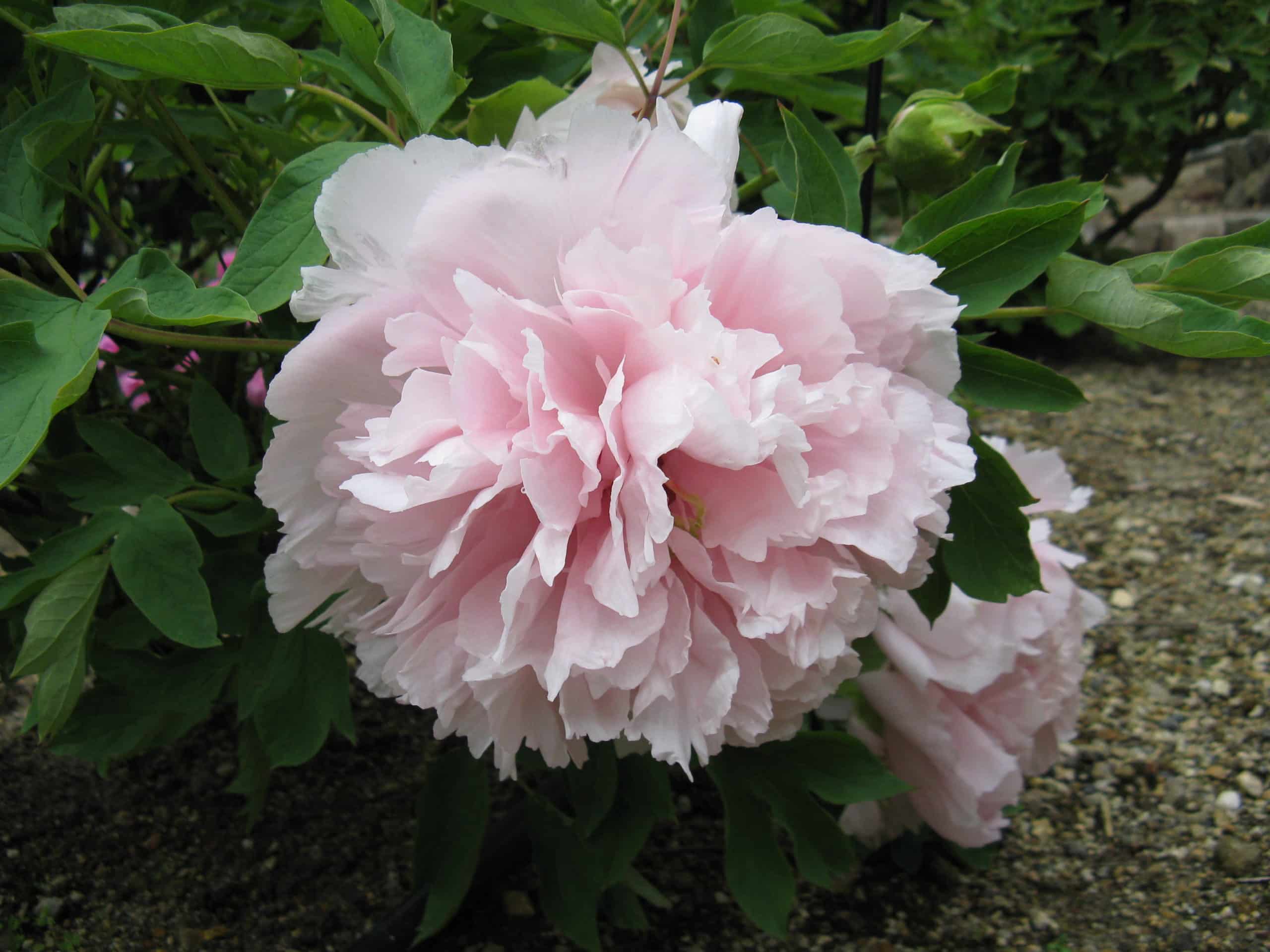
Perennial Flax
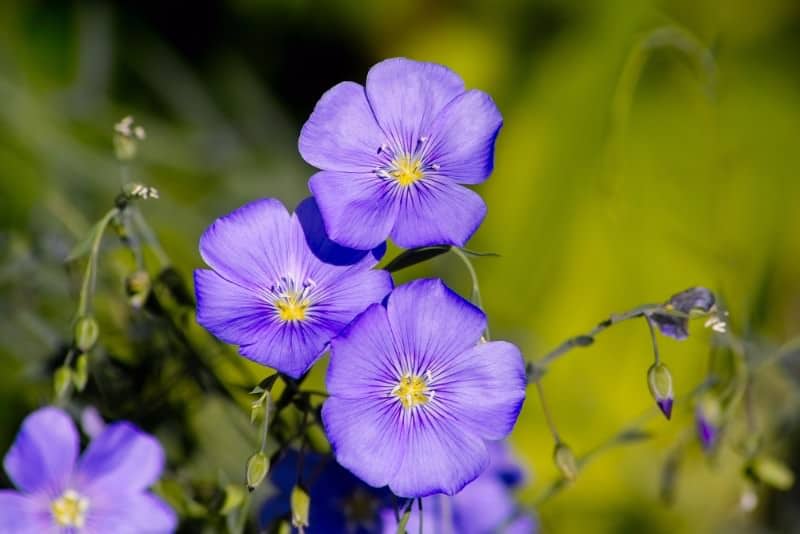
Perennial Pea
Perennial pea is a type of herb that belongs to the legume family, Fabaceae.
Perennials are a group of plants found growing in temperate and cold regions around the world.
Perennials grow from an extensive system called a root crown where roots branch out underground forming new shoots on top of the ground.
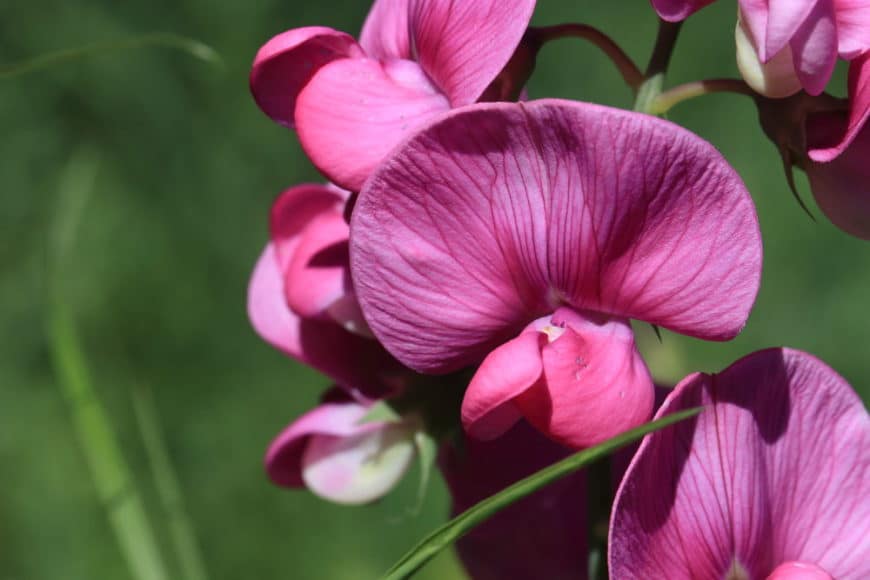
Persian Buttercup
The Persian Buttercup will make a great addition to any garden looking for bright colors.
They are quite easy to grow, even thriving in many unfavorable conditions but do best when planted in full sunlight.
They are widely appreciated by florists and gardeners.

Peruvian Lily
Peruvian lilies are herbaceous perennials that grow between 2 and 5 feet tall. While hardy, these lilies need to spend their winters indoors.
Peruvian lilies are native to South America and can spread very rapidly if not kept under control.
They can grow about 18 inches per year, and thus can crowd out native plants, including other desirable species.
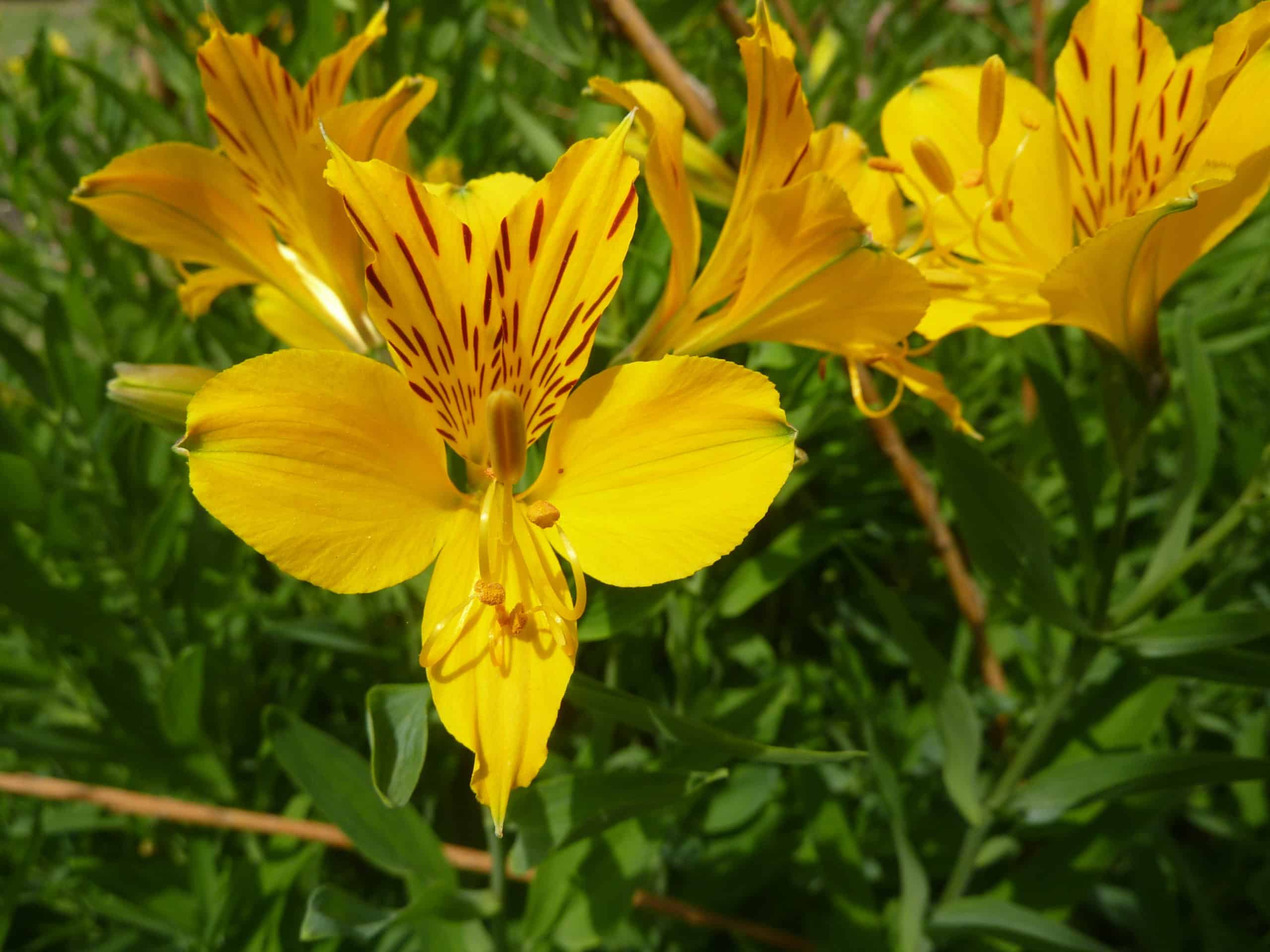
Petunia
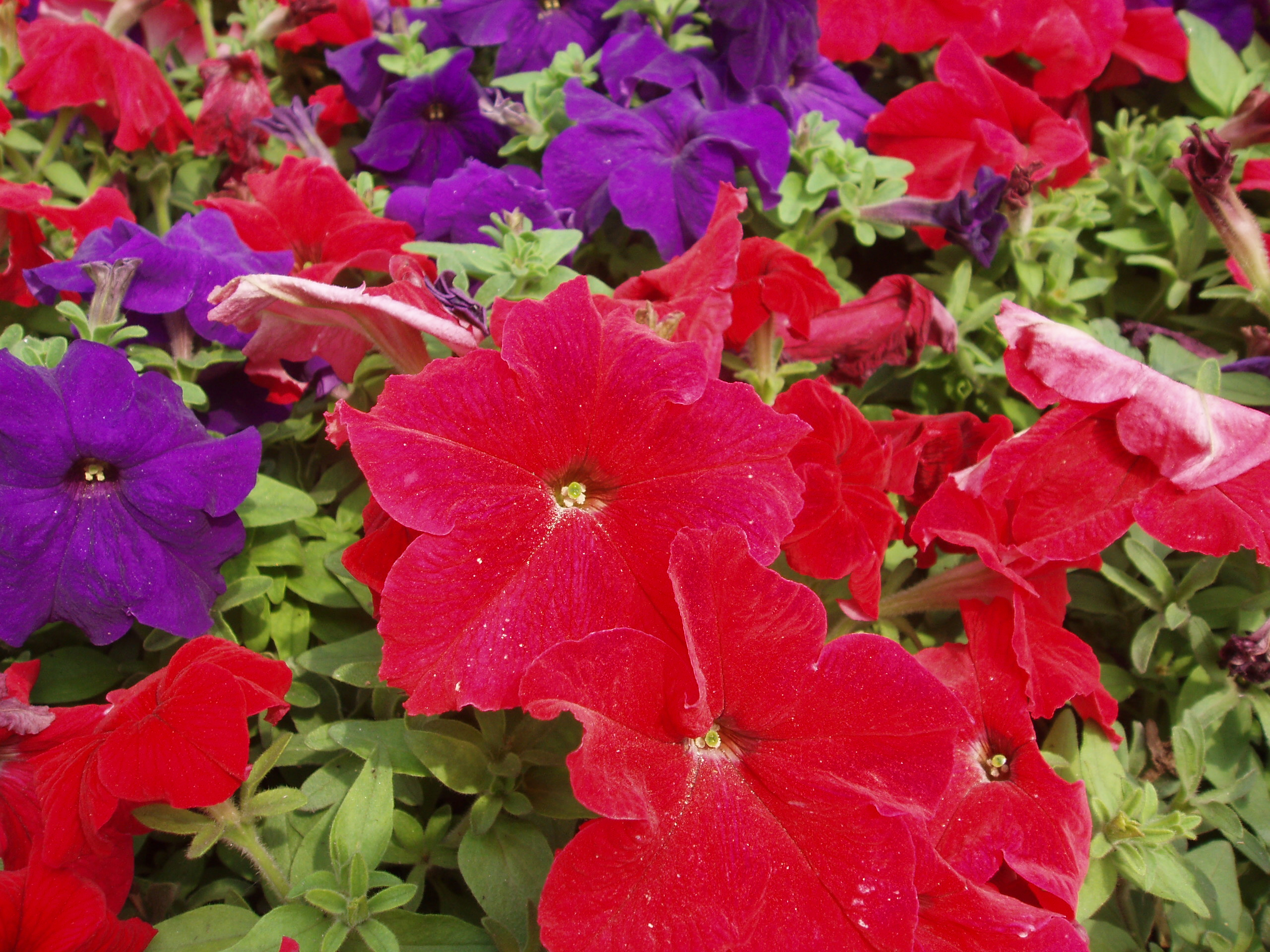
Phlox
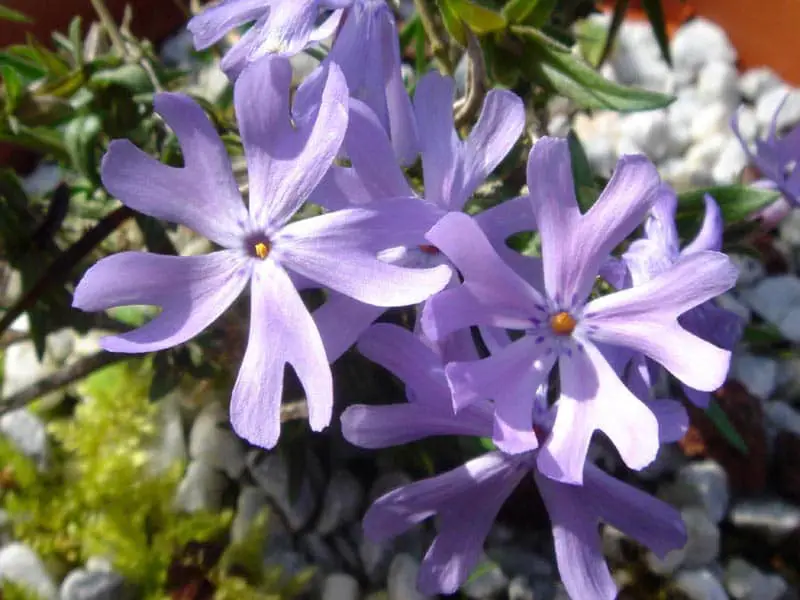
Pig Squeak
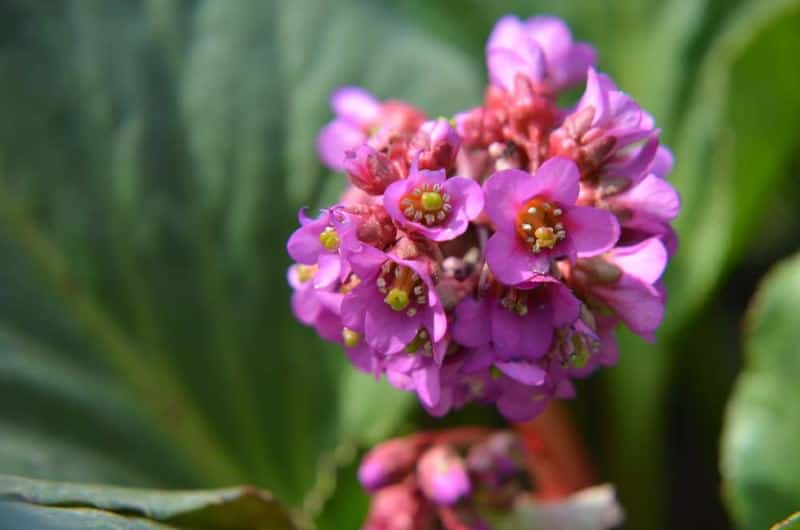
Pincushion Flower
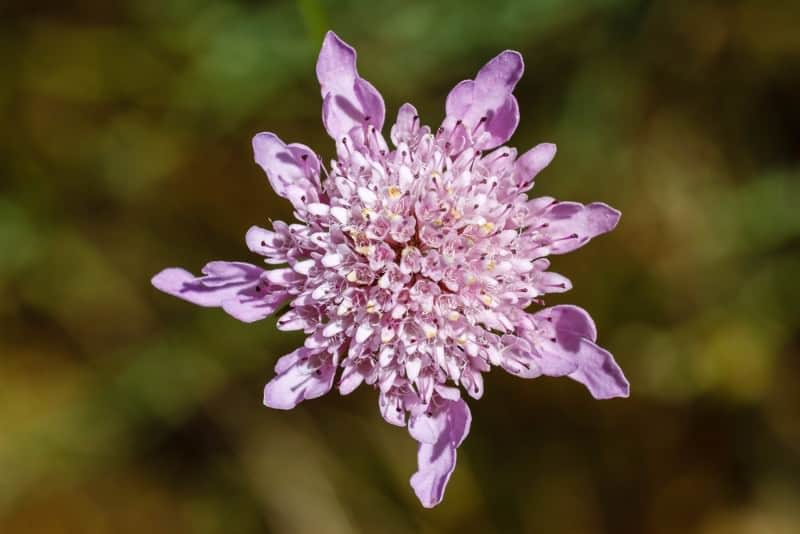
Pineapple Lily
Pineapple lilies are native to South Africa and have become an increasingly popular exotic flower in horticulture because of their unique appearance.
Pineapple lilies are one of the few winter-blooming bulbs which are often used to create interesting indoor decorations.
They develop tall stalks of flowers and during the late to mid-summer.
Flowers can range in color, from purple to pink, or white.
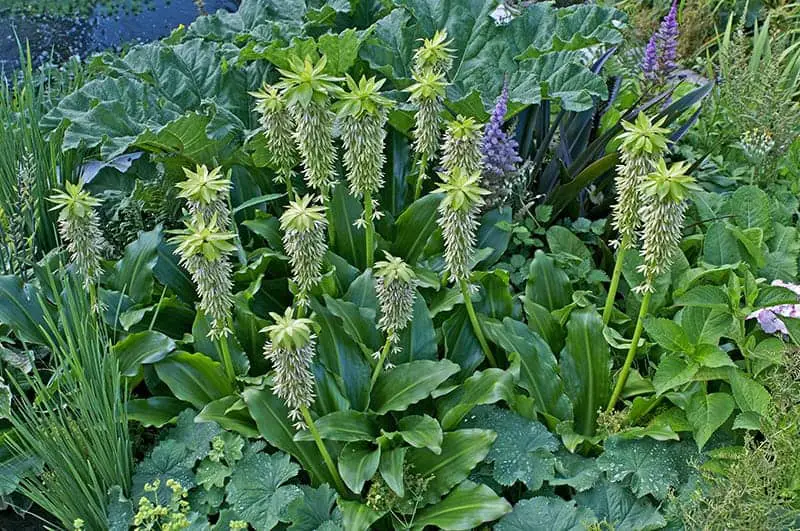
Pink Dianthus
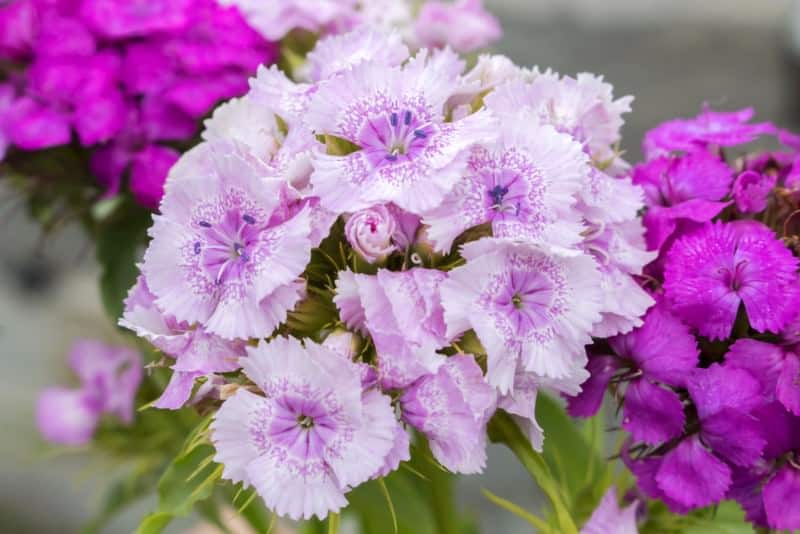
Pink Flowering Almond Shrub
This shrub bears five pink petaled flowers during the spring.
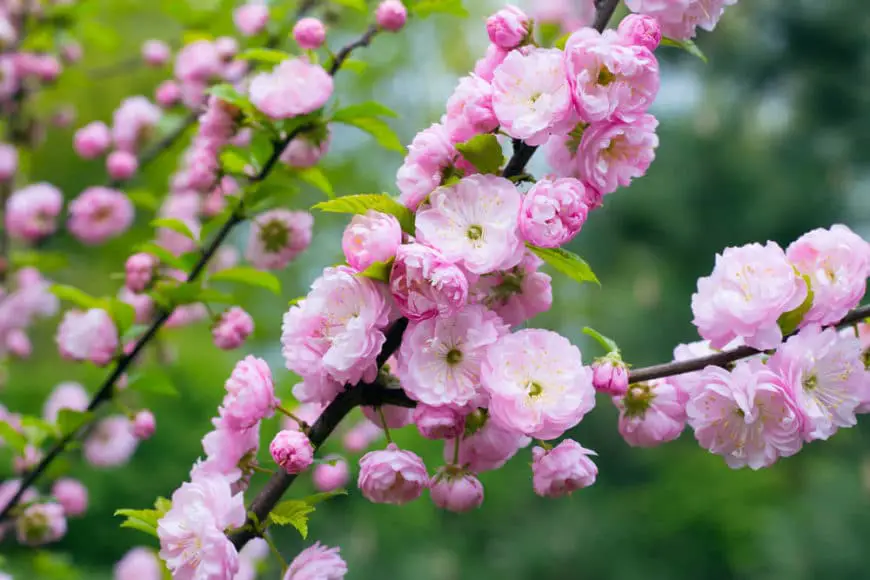
Polyanthus
If you are looking to brighten up your garden this year, Polyanthus plants are a perfect choice.
Polyanthus plants are hardy and will grow in most soils. typically from the start of July through to October.
They need little maintenance, so could be a good addition for any keen gardener who has limited time.
Polyanthus plants produce beautiful blooms that have six petals.
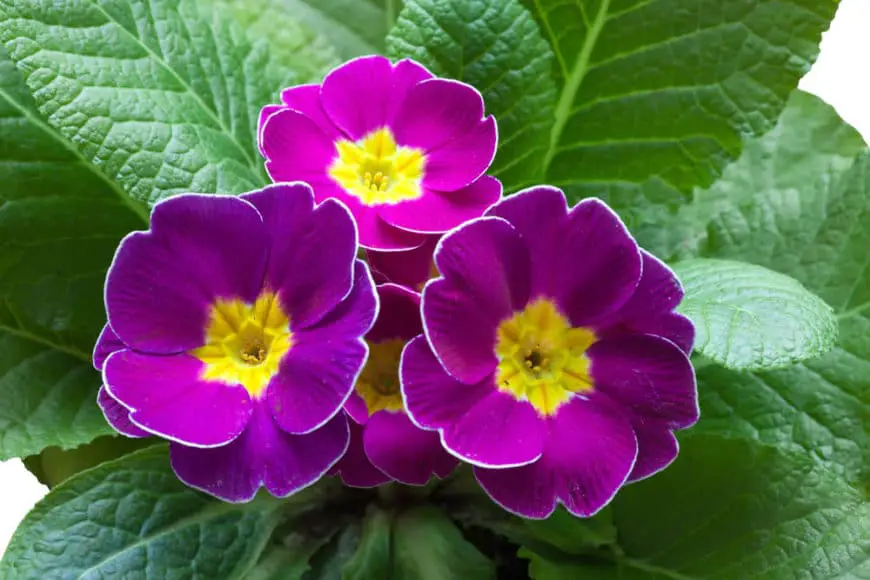
Papaver Alpinum
Papaver alpinum is a species of Papaver known by the common name alpine poppy.
It is native to Europe and Asia, where it lives in mountain habitats such as meadows.
This wildflower reaches anywhere from 10 to 20 centimeters tall with one or more erect stems.
The poppy flower is 2 to 3 centimeters wide and often has yellow petals.
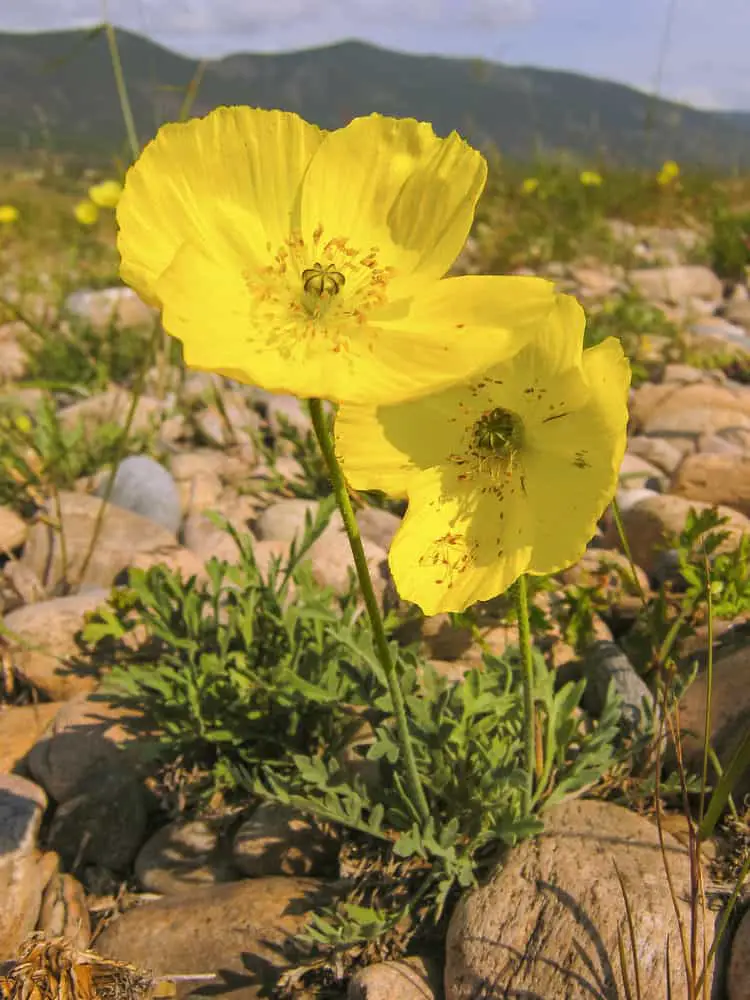
Prickly Pear Cactus
The Prickly Pear Cactus is a cactus plant that can be found in many regions around the world, including North America and Australia.
Prickly Pears grow in many different climates and make an excellent addition to a garden.
They come in both low and high varieties and can be easily divided and grown.
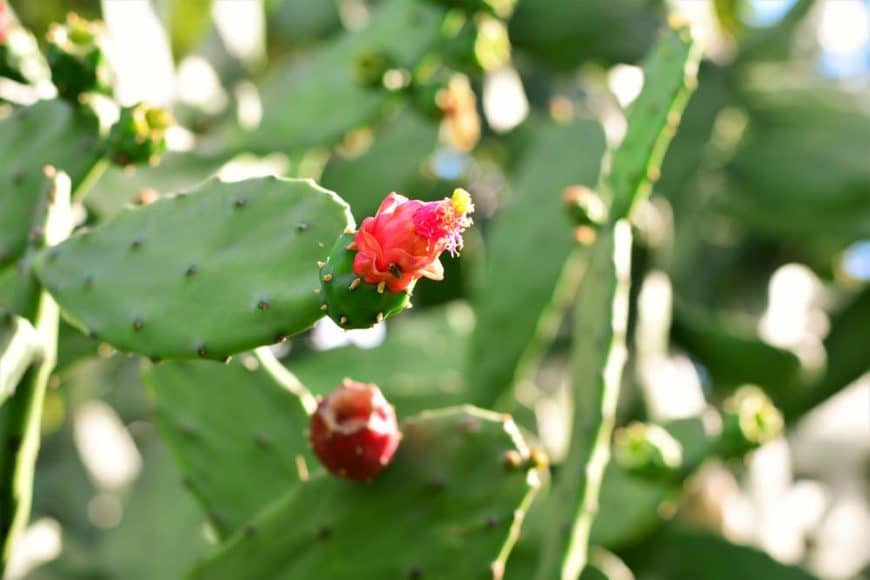
Primrose
There are several different varieties of Primrose Flowers; each with its own unique features and colors.
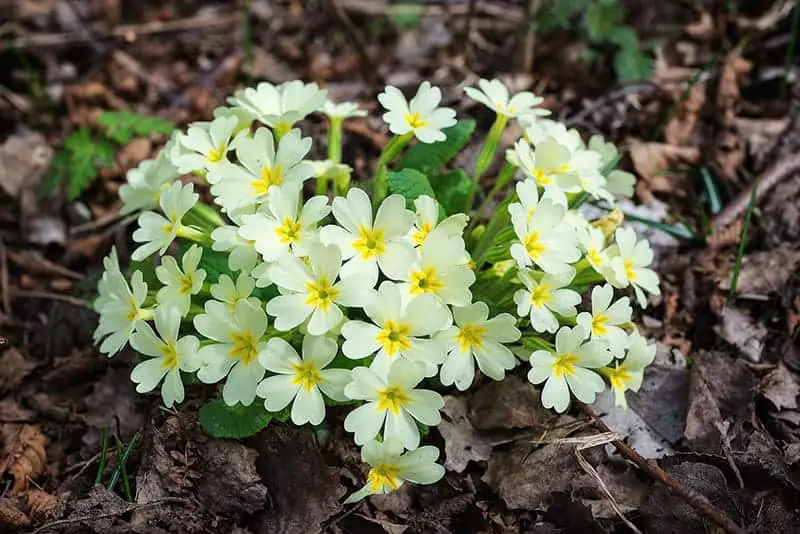
Purple Poppy Mallow
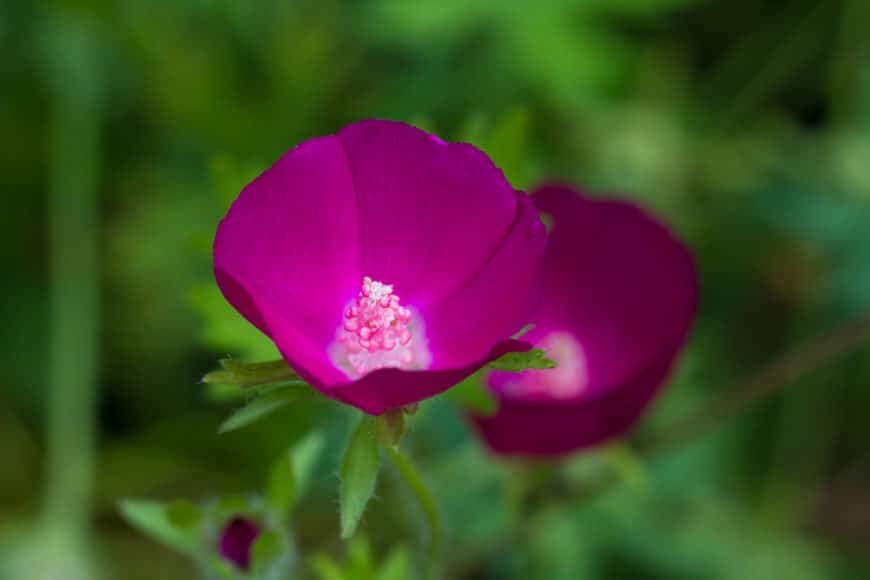
Physocarpus
Physocarpus, commonly called ninebark, is a fast-growing and pest-resistant shrub.
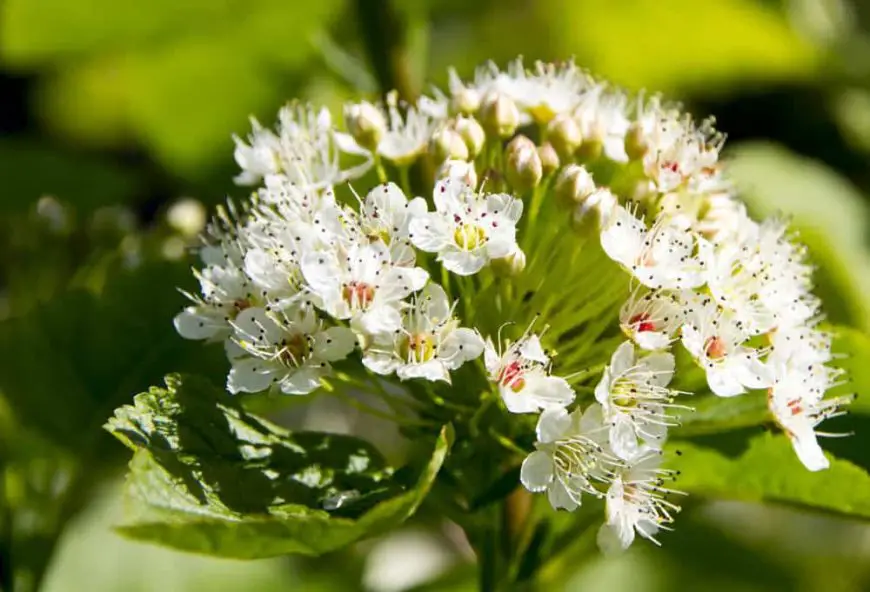
Paraguay Nightshade
Paraguay Nightshade is a medium-sized spiny shrub, in the family Solanaceae, which contains many poisonous plants including deadly nightshade and jequirity pea.
It‘s fast-growing and produces small violet flowers.
The fragrant and showy flowers attract a variety of butterflies and birds.
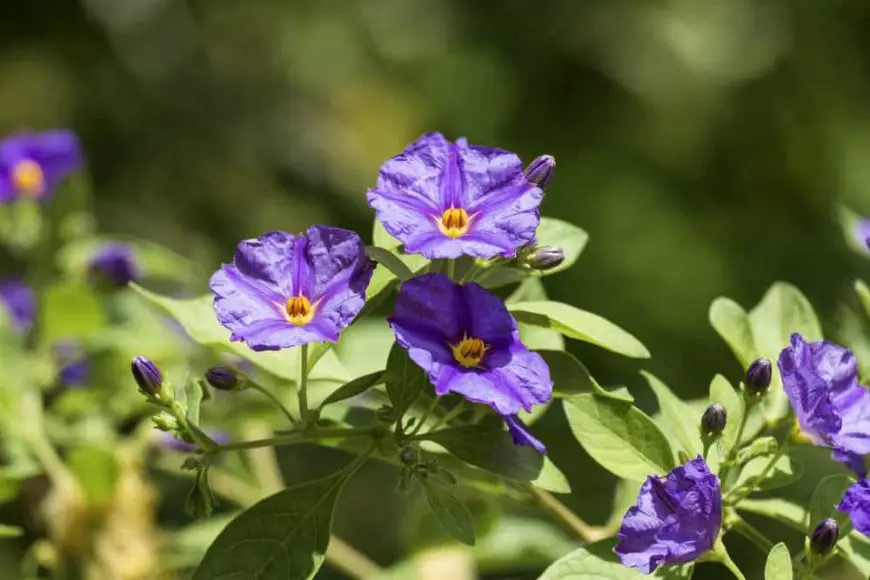
Parrot’s Beak
The shape of the Parrot’s beak flowers resembles that of the beak of a parrot, hence the name.
The plant produces orange flowers with yellow hues.
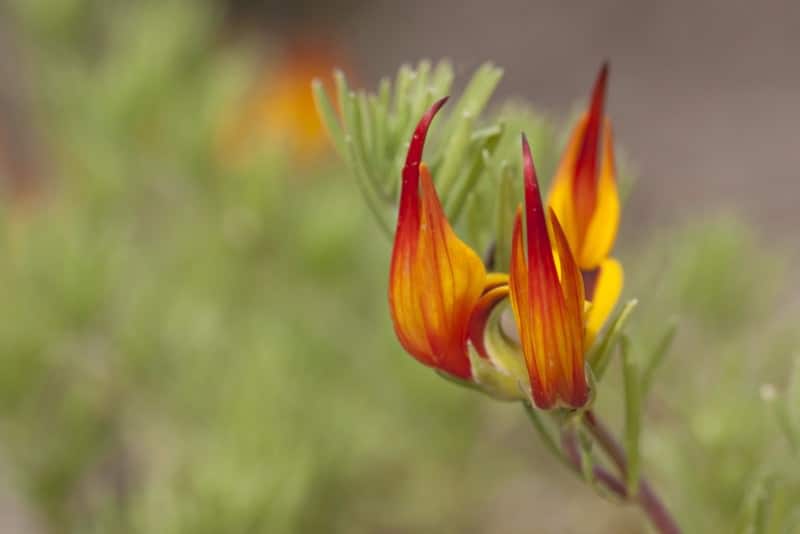
Prunus Triloba
Prunus Triloba or the Pink Flowering Almond Shrub is a shrubby cherry that can grow into a small tree.
The plant blooms in small white or pink flowers.
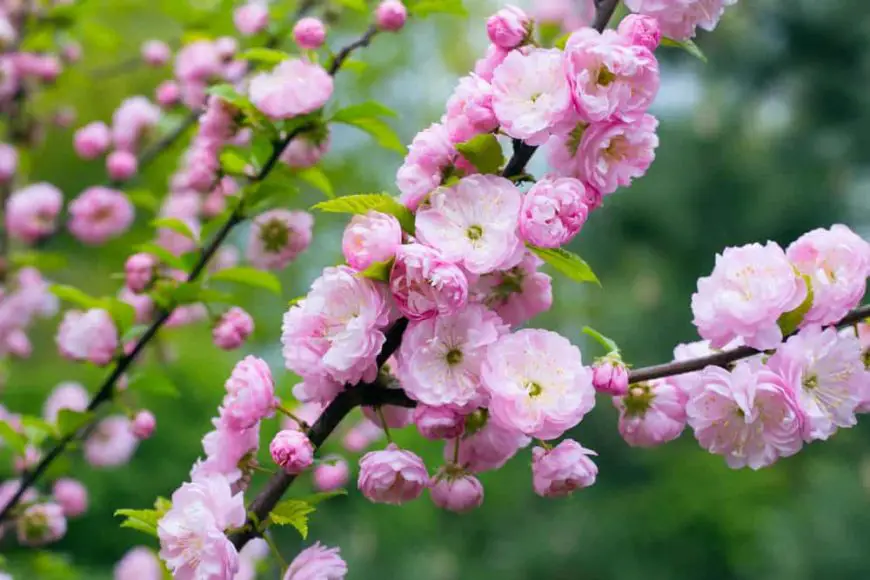
Pink Turtlehead
Pink turtlehead produces large, pink flowers that are deer resistant.
The plant grows in clumps and provides excellent ground cover.
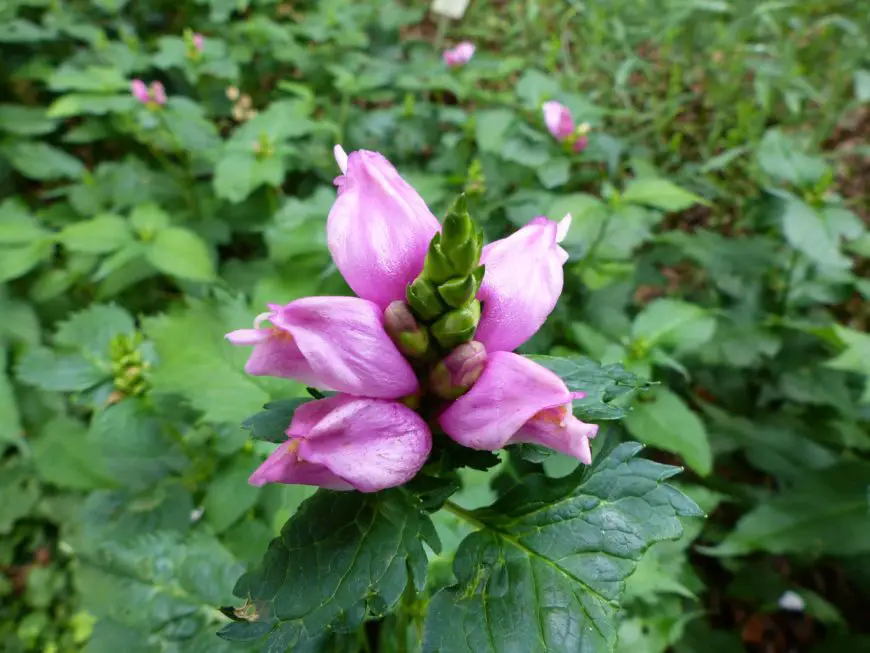
Plumbago
Plumbago shrubs are sprawling and the branches often resemble vines. They are known for their attractive blue flowers.
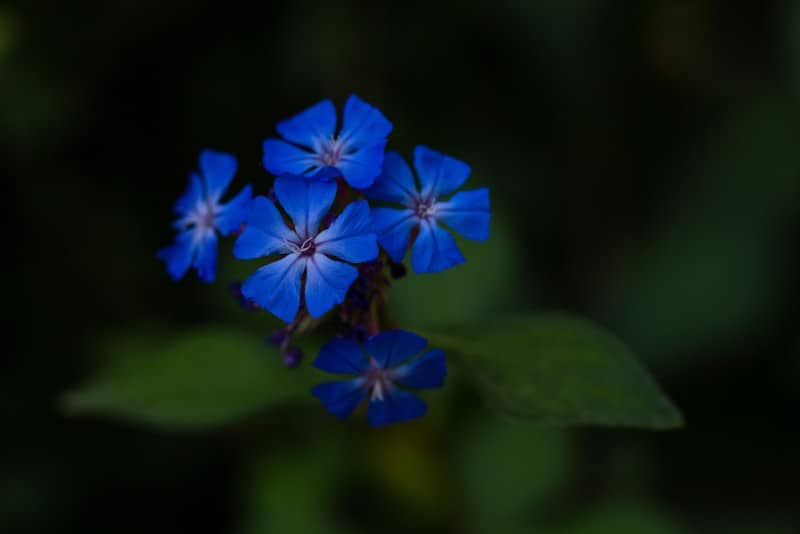
Have a look at our article about the best online flower shops if you want to purchase any of the above flowers for your garden.
More on My Garden Flowers:
